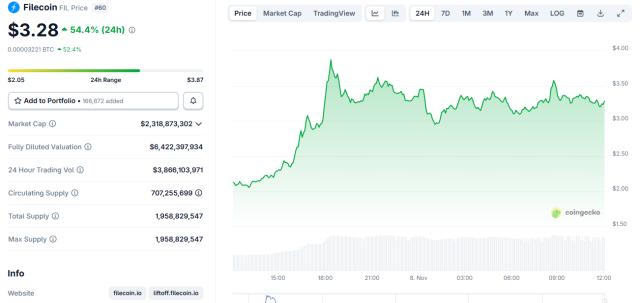DeFi protocol Balancer confirmed that an attacker exploited a rounding function bug combined with flashloan to steal $116 million from liquidation pools.
The team behind the Balancer decentralized finance protocol released a preliminary investigation report on Wednesday, clarifying the technical mechanism behind a massive attack that resulted in the theft of $116 million. According to Deddy Lavid, CEO of blockchain security firm Cyvers, it was one of the most sophisticated attacks of 2025.
The attack, which occurred on Monday, targeted Balancer's Stable v2 and Composable Stable v5 pools, while other pool types were not affected. The attacker used the BatchSwaps feature, which allows multiple actions to be combined into the same transaction, combined with flashloan to exploit a vulnerability in the protocol's rounding function.
Specifically, the vulnerability resides in the EXACT_OUT swaps function in Stable Pools. Although the rounding function is designed to round down when the Token price is an input variable, the attacker was able to manipulate these rounded values. Combined with the BatchSwap mechanism, the hacker was able to drain the assets in the liquidation pools. The Balancer team said that in many cases, the mined funds remained in the Vault as an internal balance before being transferred out through subsequent transactions.
Recall efforts and emergency measures
According to previous reports, the attackers, believed to be a professional group, had been preparing for months, using 0.1 Ether deposits via Tornado Cash to hide their tracks and avoid being tracked before carrying out the attack. Following the incident, Balancer coordinated with other cybersecurity partners and blockchain protocols to recover or freeze a portion of the assets, including 5,041 StakeWise Staked ETH worth approximately $19 million and 13,495 osGNO worth approximately $2 million.
Balancer immediately suspended all affected pools and stopped the creation of new pools with similar risks until the security issue was fully resolved. The protocol also offered a “white hat” bounty of 20% of the total to anyone who returned the stolen assets, whether ethical hackers or the attackers themselves. However, as of this writing, this offer has not received a response.







